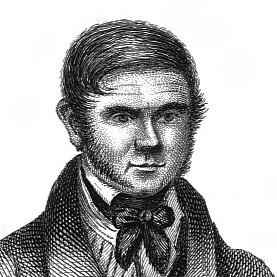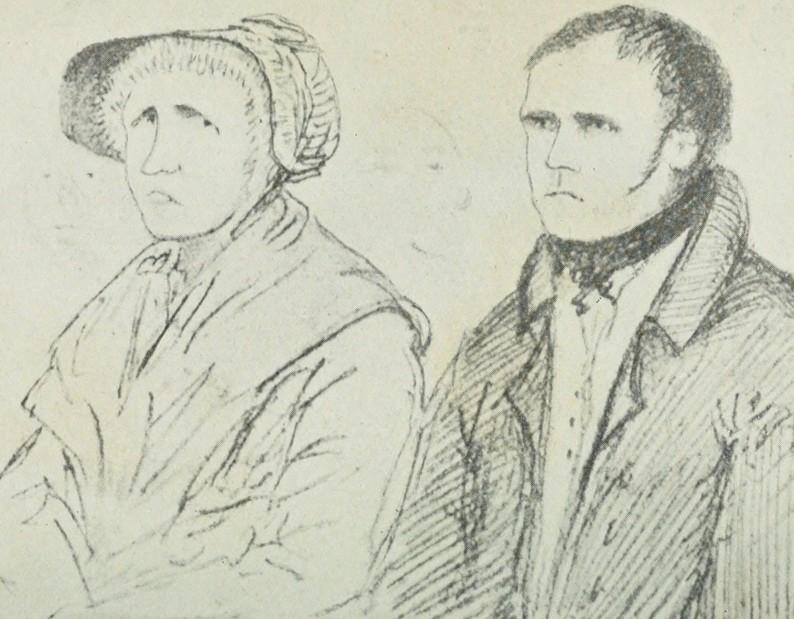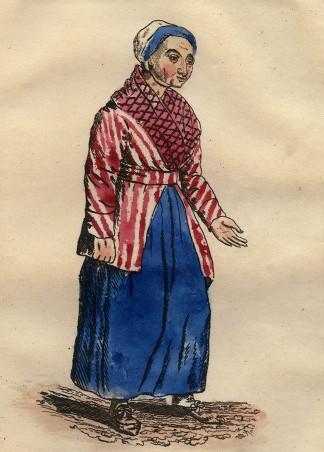
d: 1829
William Burke
Summary
Name:
William BurkeYears Active:
1827 - 1828Status:
ExecutedClass:
Serial KillerVictims:
16Method:
SuffocationDeath:
January 28, 1829Nationality:
Ireland
d: 1829
William Burke
Summary: Serial Killer
Name:
William BurkeStatus:
ExecutedVictims:
16Method:
SuffocationNationality:
IrelandDeath:
January 28, 1829Years Active:
1827 - 1828Date Convicted:
December 25, 1828bio
William Burke was born in 1792 in Urney, County Tyrone, Ireland. He came from a Catholic family and had a relatively quiet early life. In his younger years, he worked as a laborer, but by his mid-20s, he had moved to Scotland looking for work, like many Irishmen during that period. In Scotland, Burke worked on the Union Canal project near Edinburgh. While living there, he left behind his wife and two children in Ireland.

In Edinburgh, he met and started living with Helen McDougal, who became his common-law wife. Together, they moved into the West Port area of the city, a poorer district filled with lodging houses and working-class residents. Burke worked as a cobbler and sometimes sold used clothes, but he often struggled with money.
His life took a dark turn in 1827 when he met William Hare, another Irish immigrant living in Edinburgh. Hare ran a lodging house with his wife, Margaret Laird. The two men became close, and soon their partnership would lead them into one of the most disturbing murder cases in British history.
murder story
The killing spree began in November 1827 when an elderly lodger at Hare’s lodging house died owing rent. Instead of reporting the death, Hare and Burke decided to sell the man’s body to a local anatomist, Dr. Robert Knox, who was known for paying well for cadavers used in medical lectures.

This first experience showed them just how profitable the illegal trade of bodies could be. But instead of waiting for people to die naturally, Burke and Hare decided to speed things up. Over the next ten months, they lured vulnerable people—often the poor, sick, elderly, or intoxicated—into Hare's lodging house. The victims were given alcohol and suffocated quietly using a method that left no marks. This style of killing became known as "burking."
Between late 1827 and October 1828, Burke and Hare murdered a total of sixteen people. One of the most well-known victims was a woman named Mary Docherty, whose body was discovered hidden under straw. Her death led to the duo’s arrest on November 3, 1828.

During the investigation, William Hare made a deal with authorities—he turned King’s evidence (state witness) in exchange for immunity. He testified against Burke, and in December 1828, Burke was found guilty of murder.
He was hanged on January 28, 1829, in front of a crowd of more than 20,000 people. In a twist of fate, his body was later dissected publicly at the University of Edinburgh, and his skeleton is still on display today. His skin was even used to bind books.